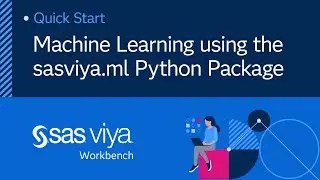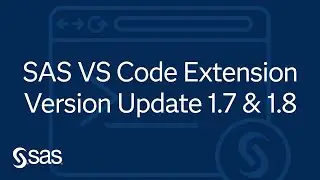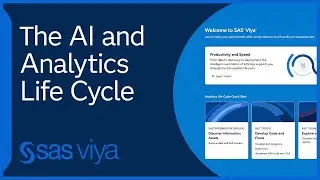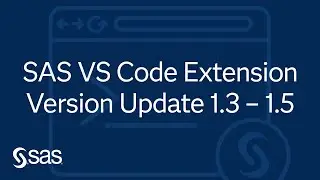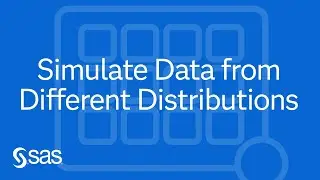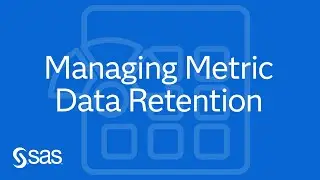SAS Tutorial | The SAS Hash Object: A Deeper and Wider Look at the Fundamentals and Functionality
Most programmers use the SAS® hash object as a lookup table to help combine two data sets by a common key. This is regrettable because the hash object is a versatile and dynamic data management tool that can be used to do so much more! However, in order to take advantage of its true potential, the understanding of its fundamentals and functionality must be deeper than that sufficient for doing a table lookup using a coding example. This tutorial pursues two goals: Present the fundamentals of the hash object with enough depth to enable a programmer to use it not only to accomplish simple tasks but also use it creatively. Illustrate the functionality of the hash object above and beyond table lookup. After focusing on and based on these underlying works, we will discuss the aspects of the hash object functionality related to concrete data processing tasks, such as: Using the hash object to split, join, unduplicate and aggregate data. Using it to support the creation and updating of a star schema data warehouse. Parameterizing hash table operations to create flexible and scalable programs. Addressing potential issues related to the hash objects memory-resident nature.
Session ID: 5306
Presenters: Don Henderson, Henderson Consulting; Paul Dorfman, Dorfman Consulting
Topic: Programming
Industry: Non-Industry Specific
Audience: Programmer
Level: intermediate
Content Outline
00:00:00 – Introduction
00:07:42 – Part 1 - A Deeper and Wider Look at the Fundamentals
01:06:59 – Overview of Part II – The Hash Object as a BI Tool
01:12 04 – The Sample Data – What it is and How to Download and Create it Locally
01:18:36 – The Hash Object as a Persistent Data Store
01:24:09 – The Hash Object to Perform Simple Data Aggregation
01:35:47 – Adding Meaningful Labels to the Aggregation Results
01:43:18 – Enhancing the Aggregation to Include Multiple (hierarchical) Levels
01:51:27 – The Use of the Hash Object to Calculated Unique Counts
01:58:47 – Multi-Level Aggregation – Hard-Coded
02:10:16 – Multi-Level Aggregation – Data-Driven/Parameterized
02:18:25 – Looping Thru Hash Objects – Introducing Hash of Hashes (HoH)
02:23:46 – Enhancing Parameterized Multi-Level Aggregation Using HoH
02:35:27 – Adding Unique Counts Using HoH
02:41:36 – Summary and How to Contact the Authors
Sample Data and Programs
If you are interested in creating the data used in Part II of this presentation, please visit Allan Bowe's Bizarro Ball project at https://github.com/allanbowe/BizarroB...
You can either download all the programs from our book at https://support.sas.com/downloads/pac...
Or a zip file which contains just the (slightly modified) programs presented in Part II at https://github.com/sascommunities/sas...
Learn more about SAS Software
Free SAS Online Training – https://www.sas.com/en_us/training/of...
Contact SAS® – https://www.sas.com/en_us/contact.geo...
SUBSCRIBE TO THE SAS USERS YOUTUBE CHANNEL #SASUsers #LearnSAS #SASGF
https://www.youtube.com/SASUsers?sub_...
ABOUT SAS
SAS is a trusted analytics powerhouse for organizations seeking immediate value from their data. A deep bench of analytics solutions and broad industry knowledge keep our customers coming back and feeling confident. With SAS®, you can discover insights from your data and make sense of it all. Identify what’s working and fix what isn’t. Make more intelligent decisions. And drive relevant change.
CONNECT WITH SAS
SAS ► https://www.sas.com/contact
SAS Customer Support ► https://support.sas.com
SAS Communities ► https://communities.sas.com
SAS Analytics Explorers ► https://explorers.sas.com
Facebook ► / sassoftware
Twitter ► / sassoftware
LinkedIn ► / sas
Blogs ► https://blogs.sas.com
RSS ►https://www.sas.com/rss









